This post may contain affiliate links which may generate a small commission from clicks that result in a purchase.
Olive tree has been around for thousands of years. There are history, olive tree symbolism, and tradition behind every tree. Thus I would like to share 15 interesting facts about olive tree with you!
1. Greece was the first to start cultivating and growing olive trees 7000 years ago.
It is believed that olive trees have been grown in Greece since the Stone Age.
Therefore, historians have proven that although the first wild olive trees grew in the eastern Mediterranean area, Greece is the first country to start cultivate olive trees and begin to grow them due to its valuable olive fruit.
Archeologists found remains of oil presses, pot shards, and even records testifying the olive harvest from the ancient civilization of Mycenae, 4000 years ago and have proven that olive tree took an important part of local economy.
2. Olive tree is one of the most sacred trees and is firmly rooted in Ancient Greek tradition and mythology.
The olive tree has been considered sacred by the Greeks for thousands of years. It was the sacred tree of the goddess Athena and became a symbol of Athens.
If you are in Athens, you must visit the Acropolis and stop by the Sacred Olive Tree which grows on the west porch of the Erectheion. People say that this olive tree can be traced back to the original olive tree that was planted by the Goddess Athena herself.
3. One of the oldest olive trees on earth grows on the southern island of Crete, in the Vouves area, in Greece.
This tree was planted more than 3 thousand years ago and still bears fruit valued at a very high price. As well, it was found remains of “preserved” olive trees that grew here 50-60 thousand years ago on the volcanic origin island of Santorini, in southeastern Greece.
For more information about the olive tree life cycle, check my article on the olive tree lifespan.
4. There are more olive trees than inhabitants in Greece.
156 million cultivated olive trees growing in Greece with 11 million residents. It is estimated that around 60 percent of the country’s arable land is occupied by olive groves. And 341 thousand tons of olive oil produced per year.
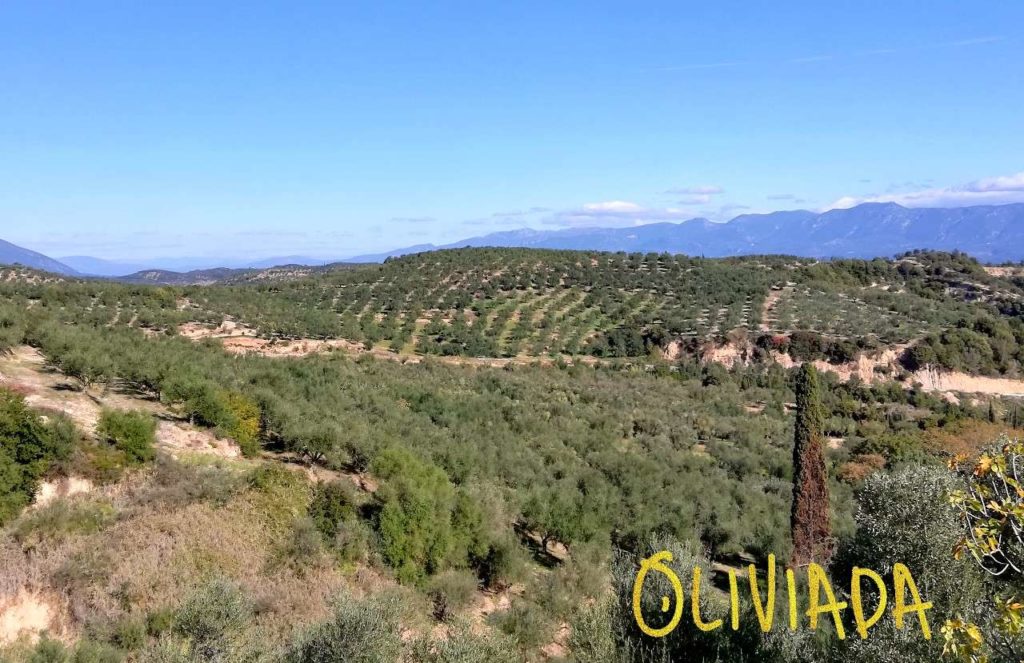
5. Spanish Missionaries brought the olive tree to North America in the 1700’s.
The first olive trees were planted in California at the San Diego Mission by Franciscan monks in 1769.
6. The average life of an olive tree is between 300 and 600 years.
The olive trees can live up to 2000 years if it has ideal conditions to thrive similar to the Mediterranean climate zone.
7. Olive tree starts blooming when it reaches 3 – 4 years old, but produces just enough olives for a harvest only after 6 – 7 years.
Mature olive tree is considered to be in its 30ies up to 150 years where it produces maximum yield of olives.
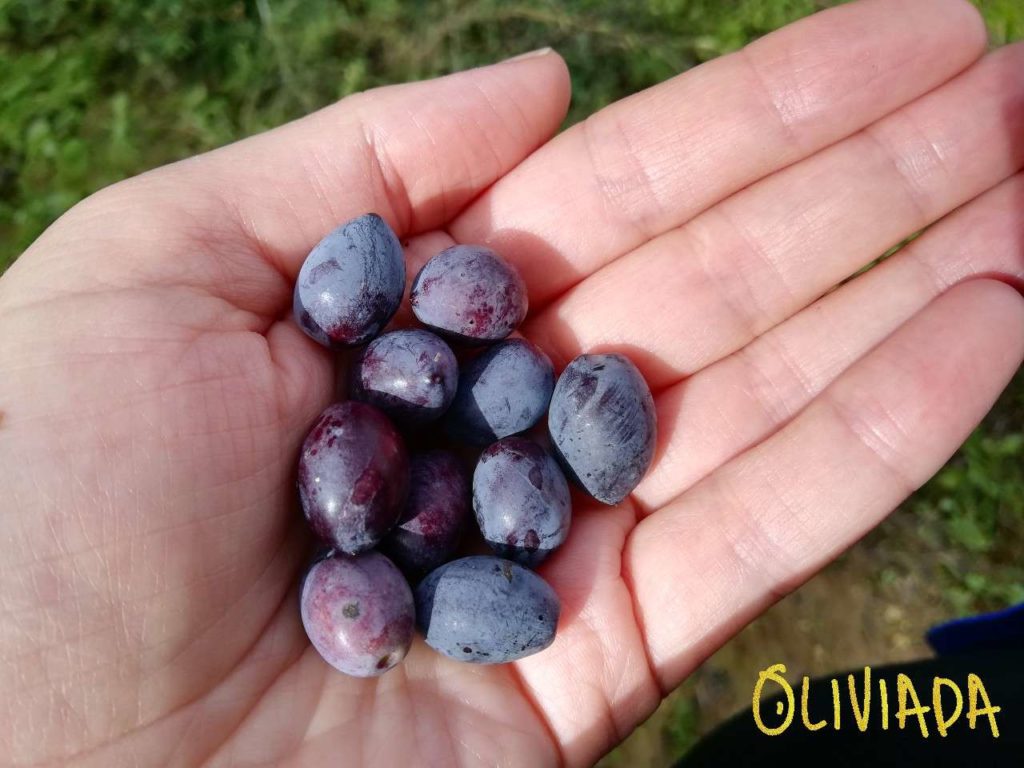
8. Olive tree can produce up to 30 kilograms of olives.
Olive yield depends on many factors such as weather and soil conditions, the age of tree and variety of olive tree.
9. Olive tree leaves are used to make a tea which is an amazing replacement for normal black tea.
It is said that olive leaf tea has a calming effect, contains more antioxidants and vitamin C than green tea.
10. Ancient Hebrews first mentioned olive tree in Scripture when the dove returned to Noah’s ark carrying an olive branch in its beak.
This dove carried salvation of life on earth and since then, olive branch is well known to many as a symbol of peace and victory.
For instance, Cyprus, Eritrea and the United Nations have a symbol of the olive branch on their flags.
11. Olive wreaths have long been used to decorate the winners’ heads as a sign of appreciation and blessing.
12. The olive tree is an extremely hardy tree.
The olive tree is resistant to drought, various diseases, and even fire. It is said that many olive trees growing in Italy date back to ancient Roman times. Various studies show that in Sardinia, Italy, a growing olive tree called Ozzastru has been green for three or four millennia. There are more perennial trees in the same garden, dating back a thousand years.
By the way, olive wood is very hard and dry, and the trees themselves are resistant not only to pests or diseases, but also to fire.

13. The wild olive tree can grow to a height of 12 meters (40 feet).
However olive trees rarely can reach and exceed 12 meters. The standard height of an olive tree ranges from 6 to 9 meters (20 to 30 feet) tall. And the spread of the tree canopy can be 5 to 8 meters (15 to 26 feet).
14. Olive trees like soil with lots of chalk in it.
If you are looking to grow olive tree in a pot, the best soil for olive trees can be a commercial soil, just ensure a great drainage.
15. The olive tree can be used for wood.
Woodworkers use olive wood in their crafts as it is a very resistant material and last for many years. It has interesting grain patterns, is durable, and is perfect for furniture of everyday use. Most popular for kitchen utensils, carved wooden bowls, cutting boards, fine furniture, and decorative items.
Because of the commercial importance of the fruit, and the slow growth, and the relatively small size of the tree, olive wood, and its products are relatively expensive.
Conclusion on facts about olive trees
In summary, the olive tree has been cultivated not only for the best olive oil, great wood, olive leaf, ornamental reasons, and the olive fruit. As well, the olive tree is one of the most iconic trees in Greek culture and methodology and these facts have proven it.
I hope you enjoyed reading these interesting facts about olive trees I shared in the article. I will continue to add this list with olive tree facts once I learn something new.
Read Next
Learn More
Join our Facebook community: Olive Tree Growers and Enthusiasts
Hi, I’m Vangelis Kleftogiannis, the founder of Oliviada and an established olive oil expert from Kalamata, Greece. My expertise isn’t just in producing quality Extra Virgin Olive Oil, but also in the cultivation and care of olive trees themselves. I am deeply committed to sharing my knowledge and know-how, helping others understand the intricacies of olive tree growing and the creation of quality olive oil.
Are You Looking to Buy an Olive Tree?
If you are looking to add more potted trees or other plants to your orchard, or if you like to replace a neglected olive tree, the best places to get them are your local nursery or an online nursery.
One of the most reliable and the world's largest online nurseries is Fast Growing Trees. They deliver fast, neat, and healthy plants backed with a 30-day guarantee.

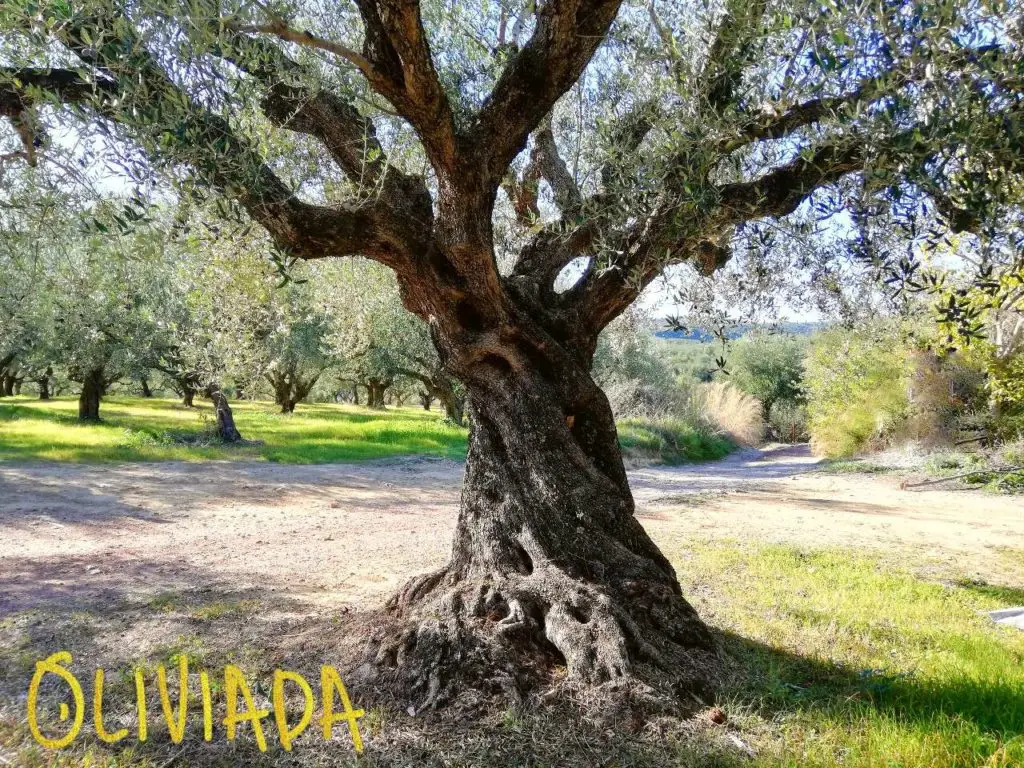
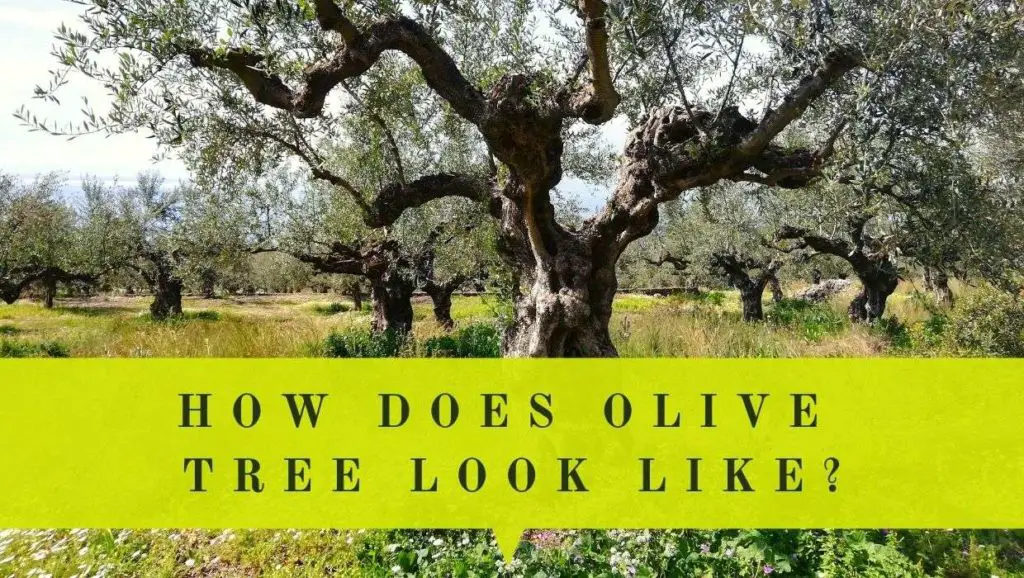
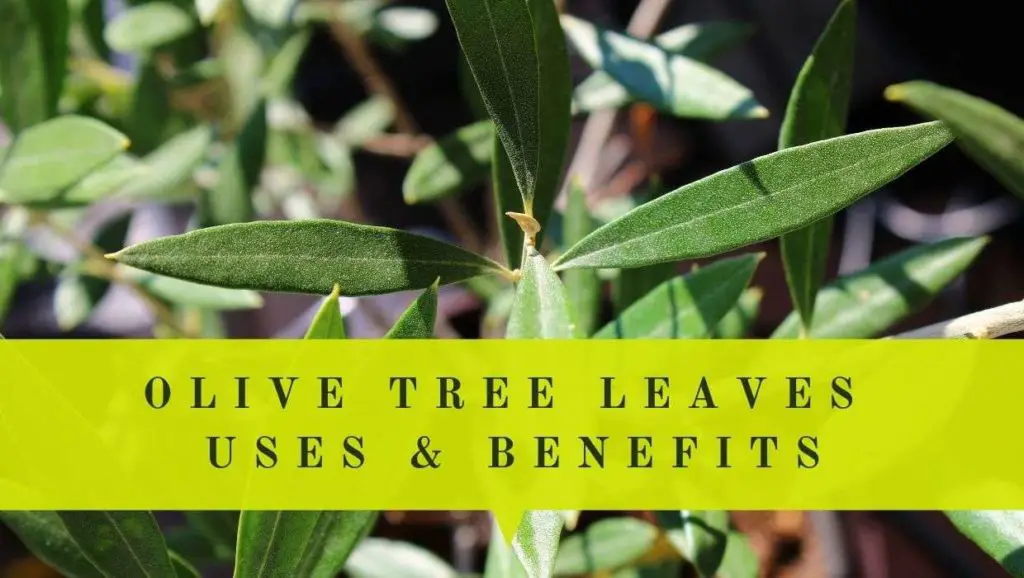
Hi do you have a copyright on this picture of an olive tree?
I would like to use it on a book cover if not or if I can get permission to use it. Gary Stanfield
https://th.bing.com/th/id/OIP.i-FzGsUh55IVUJlA6HNQnAHaFj?rs=1&pid=ImgDetMain
Dear Gary, what type of book do you want to use this picture for? thank you!